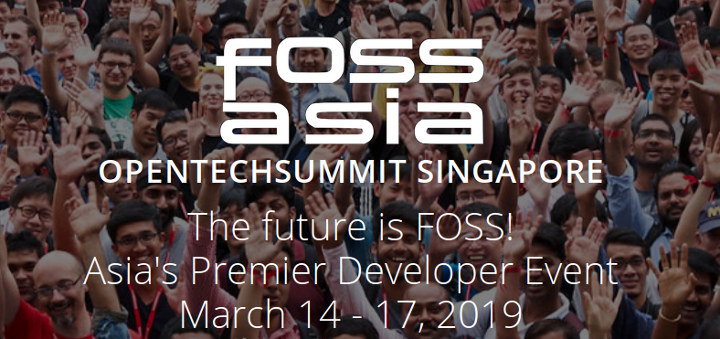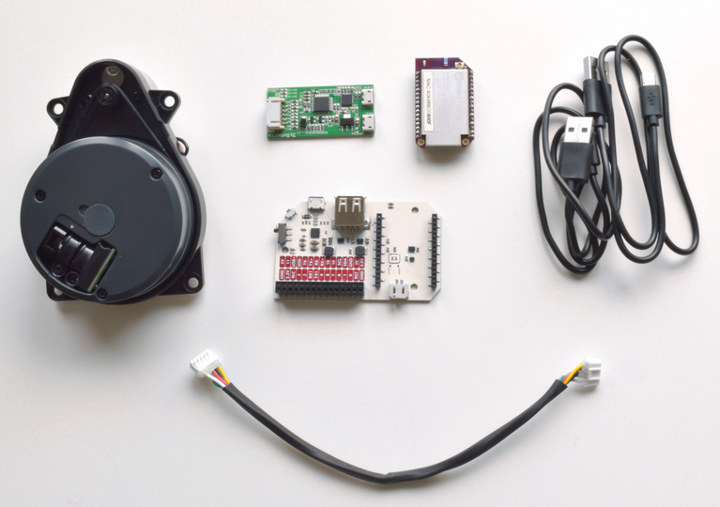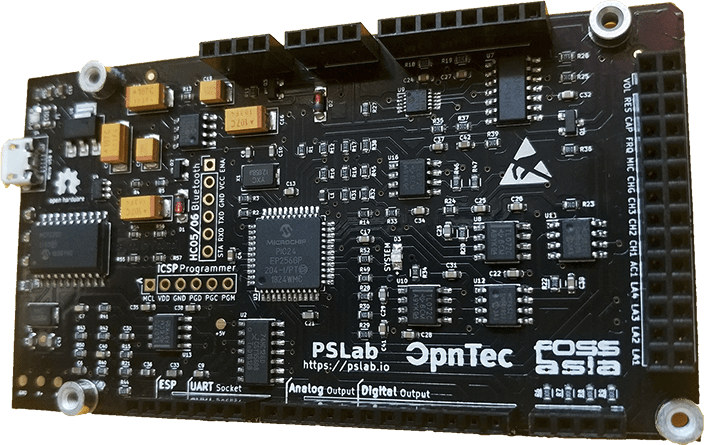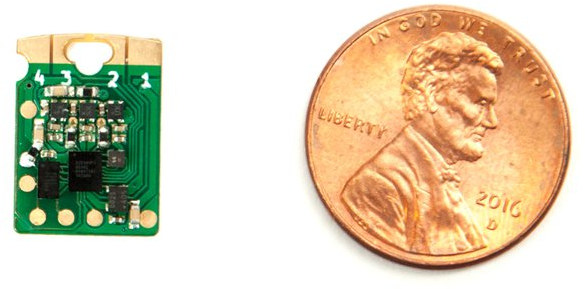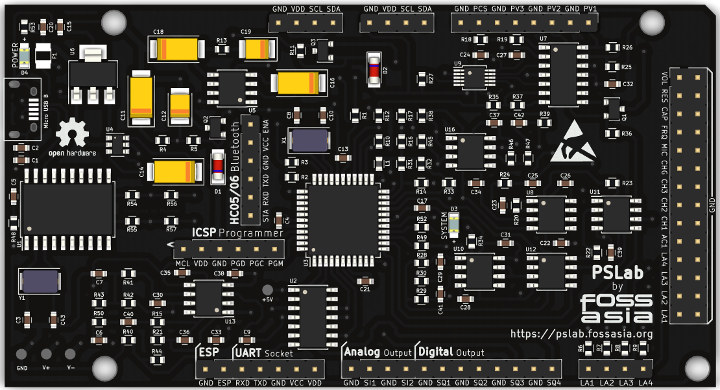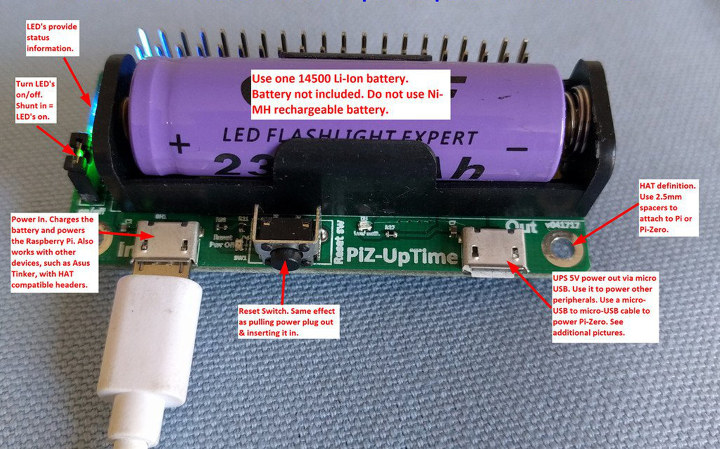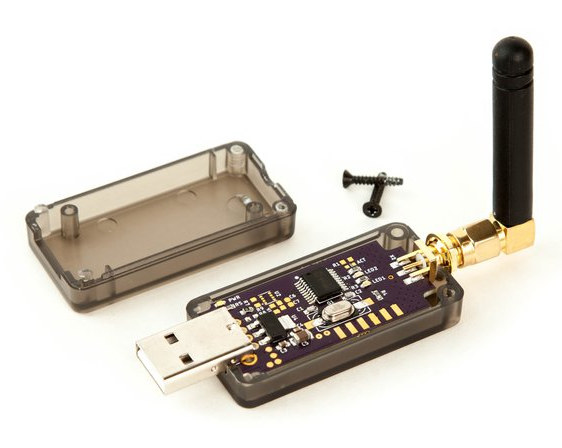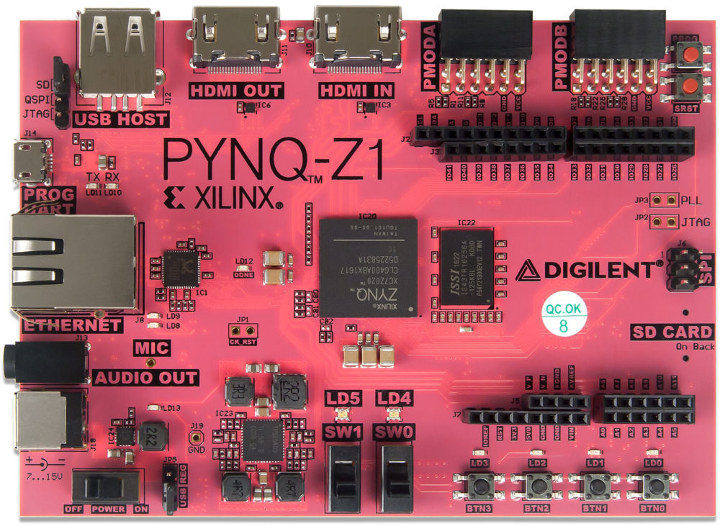As its name implies, FOSSASIA is a Free and Open Source Software event taking place every year in Asia, more specifically in Singapore. I first discovered it last year, and published a virtual FOSSASIA 2018 schedule last year to give an idea about the subjects discussed at the event. It turns out FOSSASIA 2019 is coming really soon, as in tomorrow, so I’m a bit late, but I’ll still had a look at the schedule and made my own for the 4-day event. Thursday – March 14, 2019 10:05 – 10:25 – For Your Eyes Only: Betrusted & the Case for Trusted I/O by Bunnie Huang, CTO Chibitronics Security vulnerabilities are almost a fact of life. This is why system vendors are increasingly relying on physically separate chips to handle sensitive data. Unfortunately, private keys are not the same as your private matters. Exploits on your local device still have […]
$200 Omega2 WiFi LIDAR Kit Comes with a 360˚ 2D LIDAR Scanner
Onion Omega2 is a tiny WiFi board running OpenWrt that launched for as low as $5 via a crowdfunding campaign around 2 years ago, and at the time I reviewed Onion Omega2+ board – which comes with more memory and storage – together with its dock, and I found it was fairly easy to get started with the solution. You can now buy the board for a little over $10, but the company also offers kits, and their latest product is Omega2 wireless LIDAR kit with an indoor 360˚ 2D LiDAR scanner that uses rotating laser ranging to measure and map exact distances to indoor surroundings. The kit is comprised of the following items: Onion Omega2+ board with MediaTek MT7688 MIPS processor, 128MB RAM, 32MB flash Power Dock 2 with 30-pin expansion header and USB host port Delta2B 360˚ LiDAR Scanner Up to 5000 samples/second Range – 0.2 to 8 […]
PSLab Electronics Lab Board is Now Available for $65
Pocket Science Lab (PSLab) is an open source hardware USB board that aims to bring electronics labs to the masses, as it can act as an oscilloscope, voltmeter, programmable voltage and current source, logic analyzer, or signal generator when connected to a PC or mobile phone. This is not professional equipment, and instead designed for STEM education. When we first covered the board in August, it was still in development, but I’ve just found it is now listed and in stock on Seeed Studio for $64.90. FOSSASIA and OpnTec are the organization behind the board’s development. Here’s a reminder of PSLab board main specifications: MCU – Microchip PIC24EP256GP204 16-bit microcontroller @ up to 70 MHz with 32KB SRAM, 256KB flash Wireless Connectivity Footprint for ESP8266 module (ESP-12E) for 802.11 b/g/n WiFi (on bottom of board) Bluetooth extension slot 4-Channel, up to 2MSPS Oscilloscope 12-bit Voltmeter. Programmable gain. Input ranges from […]
Fomu FPGA board fits inside a USB port, Supports Python, RISC-V Softcore
Sutajio Ko-usagi launched Tomu, a tiny open source hardware USB board that fits inside a USB port at the very beginning of this year. The company is back with a similarly shaped board, but instead of featuring a Silicon Labs EFM32 Arm Cortex-M0+ microcontroller, Fomu is equipped with a Lattice ICE40 UltraPlus FPGA. Fomu specifications: FPGA – Lattice ICE40UP5K FPGA with 5280 logic cells System Memory – 128 kB RAM for a soft CPU Storage – 1 or 2 MB SPI flash Clock – 48 MHz crystal oscillator USB – 1x USB 2.0 FS (12 Mbps) port Misc – 4x buttons, 1x RGB LED The default Fomu firmware exposes a USB bootloader running a RISC-V softcore, and the platform is powerful enough to run a port of Python. It’s also possible to experiment with LM32 and OpenRISC softcores on the platform. Using the board is pretty straightforward as just you […]
Pocket Science Lab (PSLab) is an Open Source Hardware Electronics Lab
Last Saturday I created a virtual schedule for the Embedded Linux Conference Europe 2018 where I listed some of the sessions relevant to myself and hopefully regular readers of CNX Software, but due to scheduling conflicts one talk did not make it to the list: “Pocket Science Lab – An Open Source Hardware for Electronics Teaching & Learning” by FOSSASIA. The project is also referred to as PSLab, and aims to “create an Open Source hardware device that can be used for experiments by teachers, students, and citizen scientists to learn and teach electronics”. It looks interesting enough so let’s have a closer look. The project is inspired by the earlier expEYES project that combines with Raspberry Pi or other Linux platform to create an electronic labs, and the work by the Open Science Hardware community. PSLab key features and specifications: MCU – Microchip PIC24EP256GP204 16-bit microcontroller @ up to […]
Pi-Zero-UpTime is an UPS for Raspberry Pi Boards and Clones
Since for a headless Raspberry Pi it makes no sense to use a large UPS (Uninterruptible Power Supply) to keep it running in case of power failure, I bought and tested a Raspberry Pi battery kit a couple of years ago. The kit included an acrylic case, a battery charging board, and LiPo battery and it worked most of the time as a UPS. “Most of the time” means the switch from mains to battery would not occur fast enough maybe 10% of the time (it depends on the load), so the Raspberry Pi board would reboot. The kit also did not include a GPIO / I2C interface to report the charge level of the battery, so you would not be able to safely power the board when the battery is almost fully depleted. In recent years, it’s become more and more difficult to get batteries shipped from overseas, so […]
LoStik USB Dongle Adds LoRa Connectivity to any Computer or Linux Board (Crowdfunding)
We’ve covered plenty of hardware with LoRa radio from gateways, to Arduino shields, tracker boards, and mini PCIe cards, but after reading an article on Time4EE this morning, I realized we never wrote about any LoRa USB stick. LoStik – previoulsy LoRa Stick – is an open source hardware USB dongle based on Microchip RN2903 / RN2483 LoRa module, and offered on CrowdSupply for $39. LoStik specifications: USB – USB 2.0 port LoRa Connectivity Microchip RN2903 – 915 MHz for US, Canada, South America and Australia Microchip RN2483 – 868 Mhz for Europe Receiver Sensitivity – down to -146 dBm TX Power – adjustable up to +18.5 dBm Range – up to 15 km coverage in suburban and up to 5 km coverage in urban areas Misc – 2x user LEDs Power Consumption – 140 ma typical TX, 20 ma idle (with power LED) Dimensions – 80 mm x 25 […]
Xilinx Zynq-7020 based PYNQ-Z1 Arm + FPGA Board is Meant to be Programmed with Python
Xilinx Zynq-7000 series is a family of SoC based on Arm Cortex A9 processor coupled with FPGA fabric, and since the introduction in 2012, we’ve seen may board based on the entry-level Zynq-7010 or Zynq-7020 SoCs. Digilent PYNQ-Z1 is another Xilinx Zynq board from the company, but it does not differentiate itself by its hardware features, and instead the software part is the most interesting. The board is designed to be used with PYNQ, a new open-source framework that enables embedded programmers to exploit the capabilities of Xilinx Zynq SoCs without having to design programmable logic circuits, relying instead on Python programming. Digilent PYNQ-Z1 hardware specifications: SoC – Xilinx Zynq-7020 (XC7Z020-1CLG400C) dual core Arm Cortex-A9 processor with FPGA with 1.3 M reconfigurable gates System Memory – 512MB DDR3 Storage – Micro SD card slot, 16MB QSPI Flash with factory programmed globally unique identifier (48-bit EUI-48/64 compatible). Video – HDMI In […]


